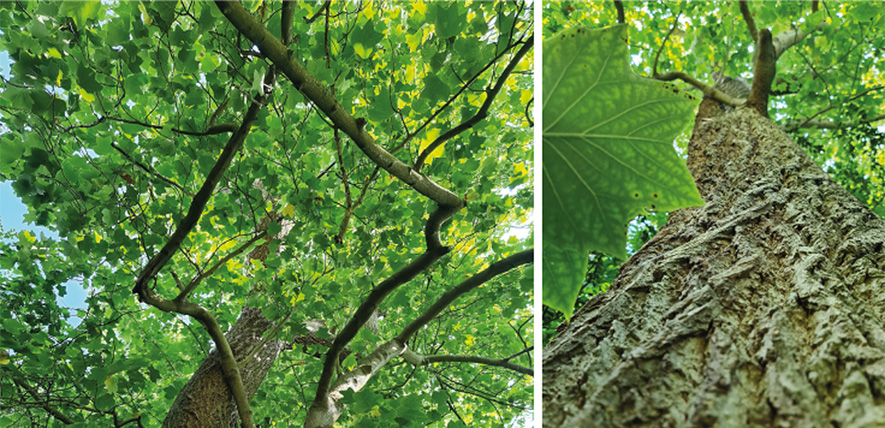
Scientists recently discovered that the giant 'conveyer belt' currents that push star-forged material out of our galaxy and pull it back in can also transport carbon atoms.

Researchers have identified an entirely new type of wood that does not fit into either category of hardwood or softwood.

Acoording to a new study, there is much more soil inorganic carbon than anybody realised – and that it may be a surprisingly big player in Earth’s carbon cycle.

This observation suggests exciting avenues of investigation into both the production of cosmic dust and the earliest stellar populations in our Universe, and was made possible by Webb’s unprecedented sensitivity.

Scientists have found a new way to structure carbon at the nanoscale, making a super-light material that's superior to diamond on the strength-to-density ratio.

US researchers have developed an improved system to use renewable electricity to reduce carbon dioxide into carbon monoxide.

A High school student from USA has discovered that carbon, which usually only forms four bonds, can end up forming a mind-boggling seven bonds, a higher number than ever considered possible for the element.

A newly-discovered peatland in the Congo Basin of central Africa contains an estimated 30.6 billion tons of carbon in its waterlogged soils - equivalent to three times the total annual carbon emissions of every human being alive today.

Research by Rice University Earth scientists suggests that virtually all of Earth’s life-giving carbon could have come from a collision about 4.4 billion years ago between Earth and an embryonic planet similar to Mercury.

The study has shown for the first time that the greenhouse gas carbon dioxide can be permanently and rapidly locked away from the atmosphere, by injecting it into volcanic bedrock. The carbon dioxide reacts with the surrounding rock, forming environmentally benign minerals.

Today, much has changed when it comes to metals and materials in general, but one thing remains the same: It's advancement in this industry that drives innovations and breakthroughs everywhere else.